Curious Questions: How does Tower Bridge work? And why was it built like that in the first place?
Tower Bridge celebrates its 125th birthday on June 30. But how does it work? And why was it built that way in the first place?
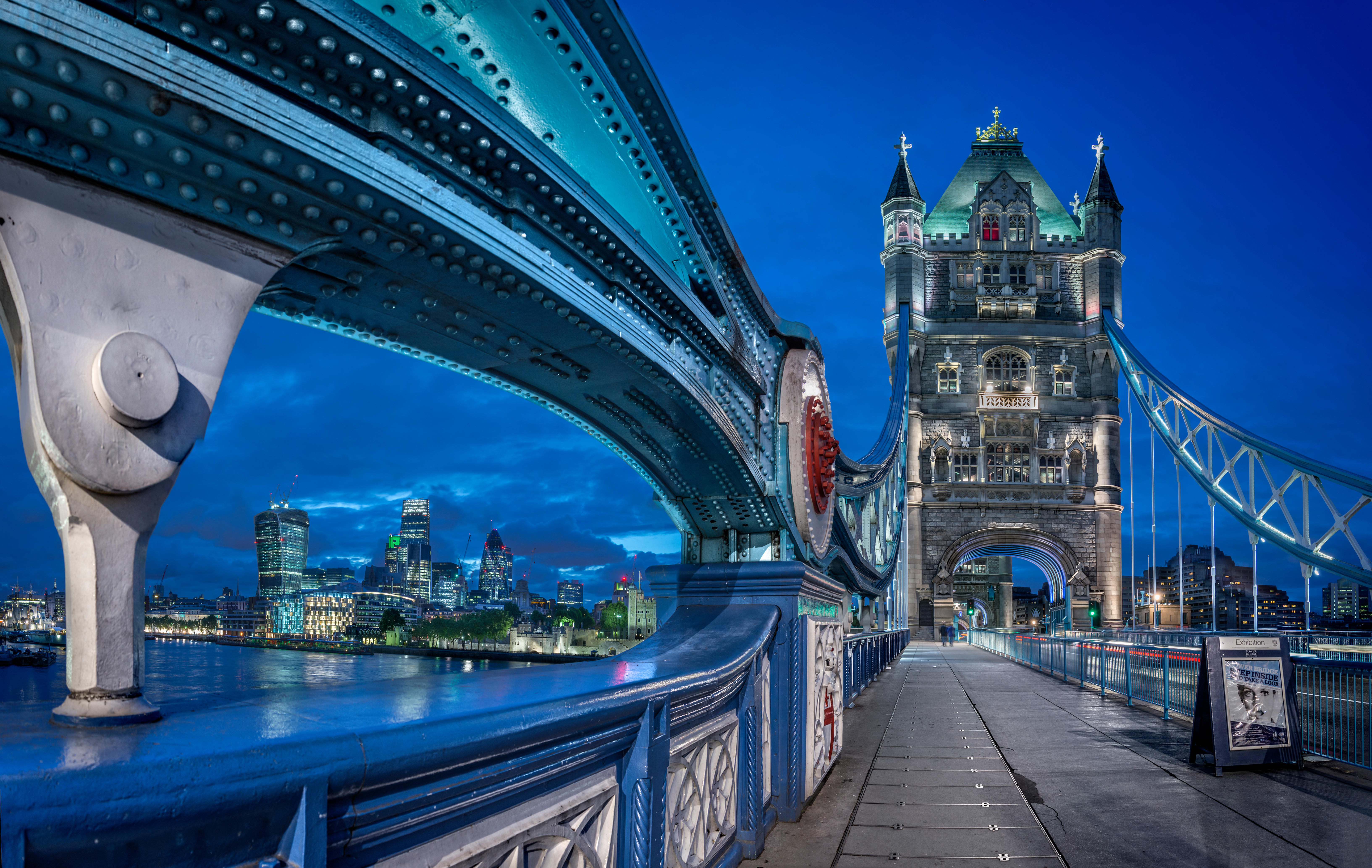
Building a bridge across a deep, fast-flowing river is a tricky proposition at the best of times. But building one which opens up to allow ships to pass through is an even more difficult engineering task. It's something that you only do when there's no option.
And that's what happened in the case of Tower Bridge. In the late 18th century the Pool of London, between London Bridge and the Tower of London, was the centre of the capital's trade, handling 10 ships a day and over 600,000 tons of cargo a year. The new West India docks built at the turn of the 19th century eased some of the pressure, but as volumes continued to grow the Pool of London was still crucial to London's financial power.
Yet equally crucial was London's need for new river crossings east of the City that would link north and south. The Thames Tunnel and Tower Subway had gone part of the way to filling the need, but neither were a proper substitute for a new bridge – and in 1877, the 'Special Bridge or Subway Committee' was formed under the chairmanship of Sir Albert Joseph Altman.
[READ MORE: Did a bus really jump over Tower Bridge?]
The committee advertised a competition to design a bridge that would offer clearance of at least 135ft, enough for the tallest ships of the era to pass through. Rather nicely they also specified that it should be a thing of beauty, specifying Gothic style to mirror the recently-built Palace of Westminster at the other end of London.
Funnily enough, the winner from the 50+ designs submitted himself had a link to the Palace of Westminster. The plan chosen was that of Sir John Wolfe Barry, son of Charles Barry, who was the man who had just finished building the new Houses of Parliament.
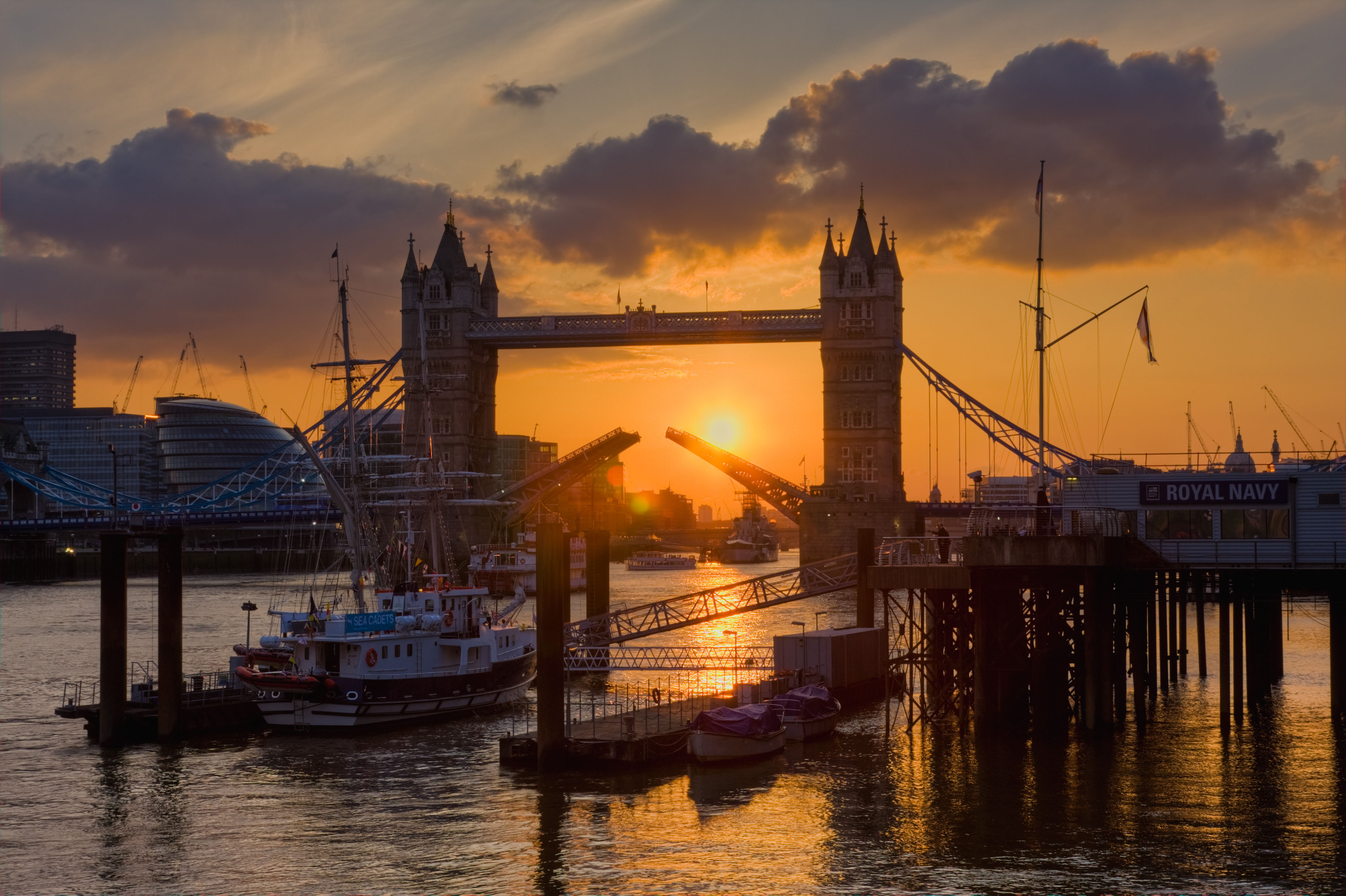
Barry's plan was for a bascule bridge. This is not a drawbridge, but instead a bridge which opens via the use of counterweights. It was an ingenious idea, but not a new one: such bridges had been used since ancient times. But the genius of the plan was in how cleverly the design hides the weights out of sight beneath the roadway to create the illusion that the halves of the bridge are held up almost by magic.
Sign up for the Country Life Newsletter
Exquisite houses, the beauty of Nature, and how to get the most from your life, straight to your inbox.
In reality, it's just physics: the 'bascules' are beautifully balanced so as to minimise the amount of power needed to open and close the bridge. That's no small consideration even now, when the bridge still opens a couple of times a day. In its heyday, opening and closing dozens of times a day, it was a huge consideration.
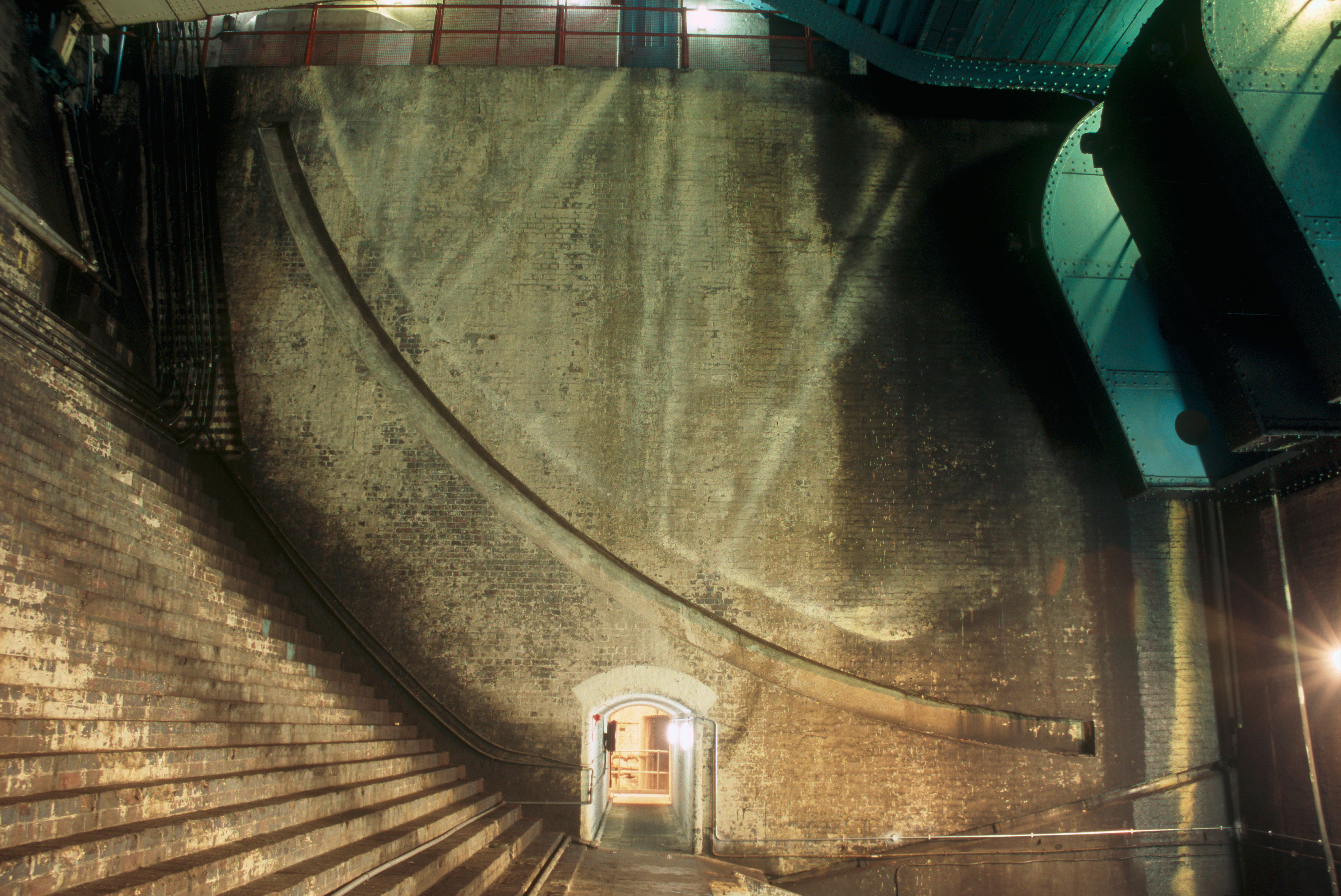
Work began in 1886 and finished in 1894, at a total cost of £1.1 million — that's equivalent to just over £130m in today's terms, and seems like an astonishing bargain since postcard sales alone probably top that figure.
The bridge was officially opened on June 30, 1894, by the Prince of Wales (the future King Edward VII) and his enormously popular wife, Princess Alexandra.
The rest, as they say, is history – and a very colourful history it is too, taking in daredevil pilots, a quick-thinking bus driver, hundreds of thousands of marathon runners and lots more besides. The Premier Inn hotel chain have put together this nice retrospective, but here are some of the highlights over the years:
1894: The opening ceremony

A German visitor
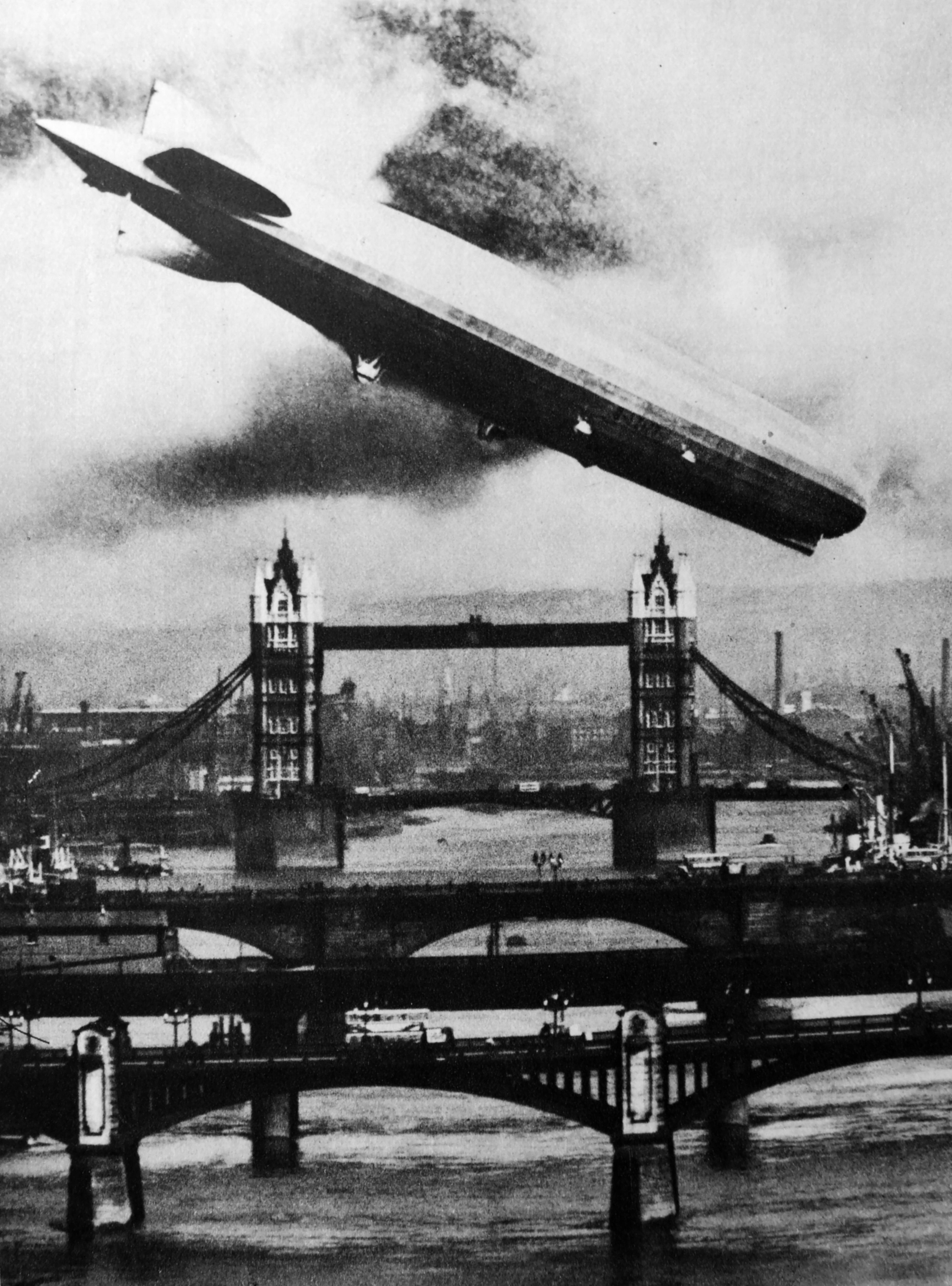
Silver Jubilee: The bridge's first big paint job
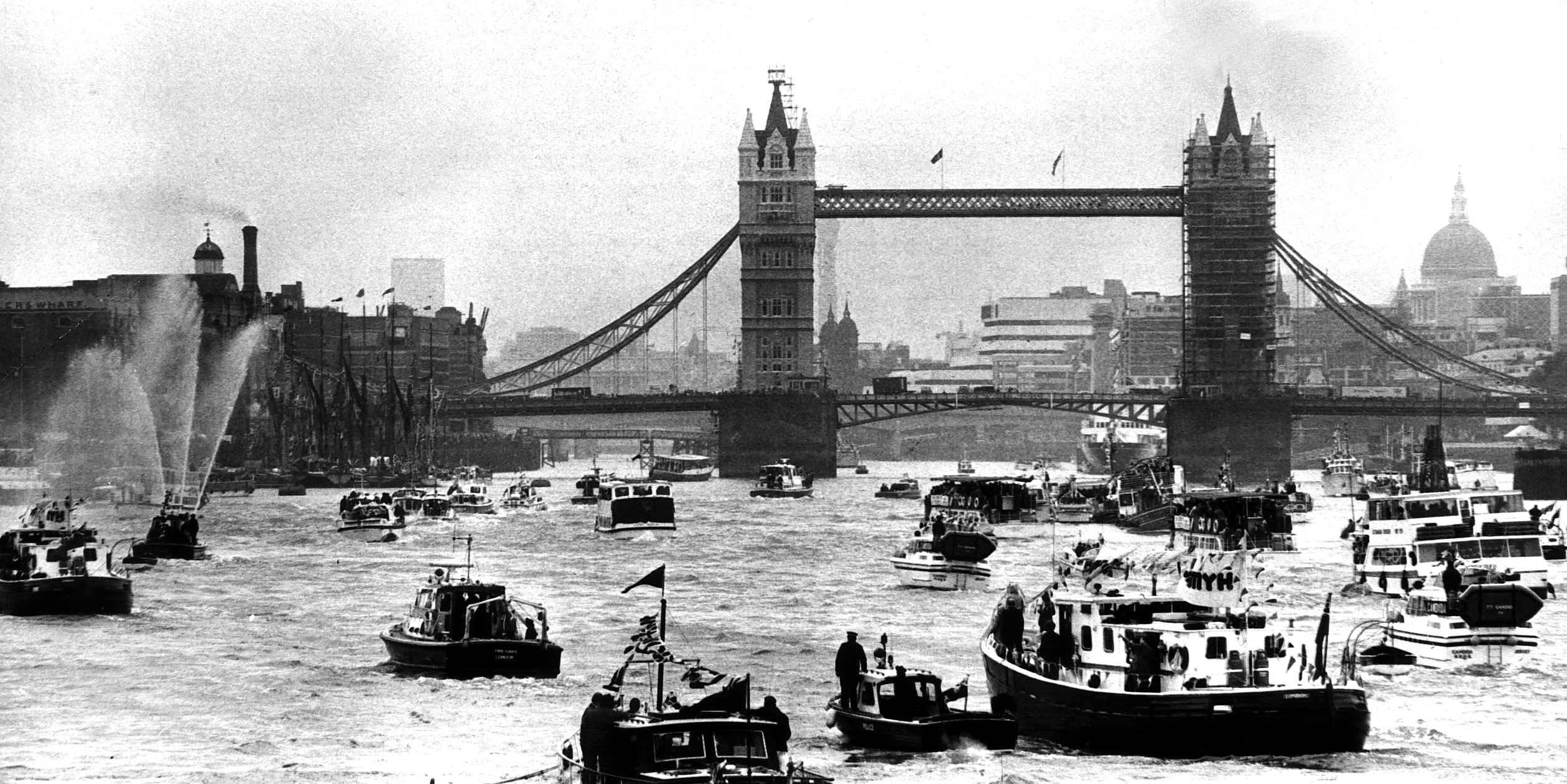
1981: The first London Marathon
https://youtu.be/OAtw6krxDsA?t=799
2012: The London Olympics
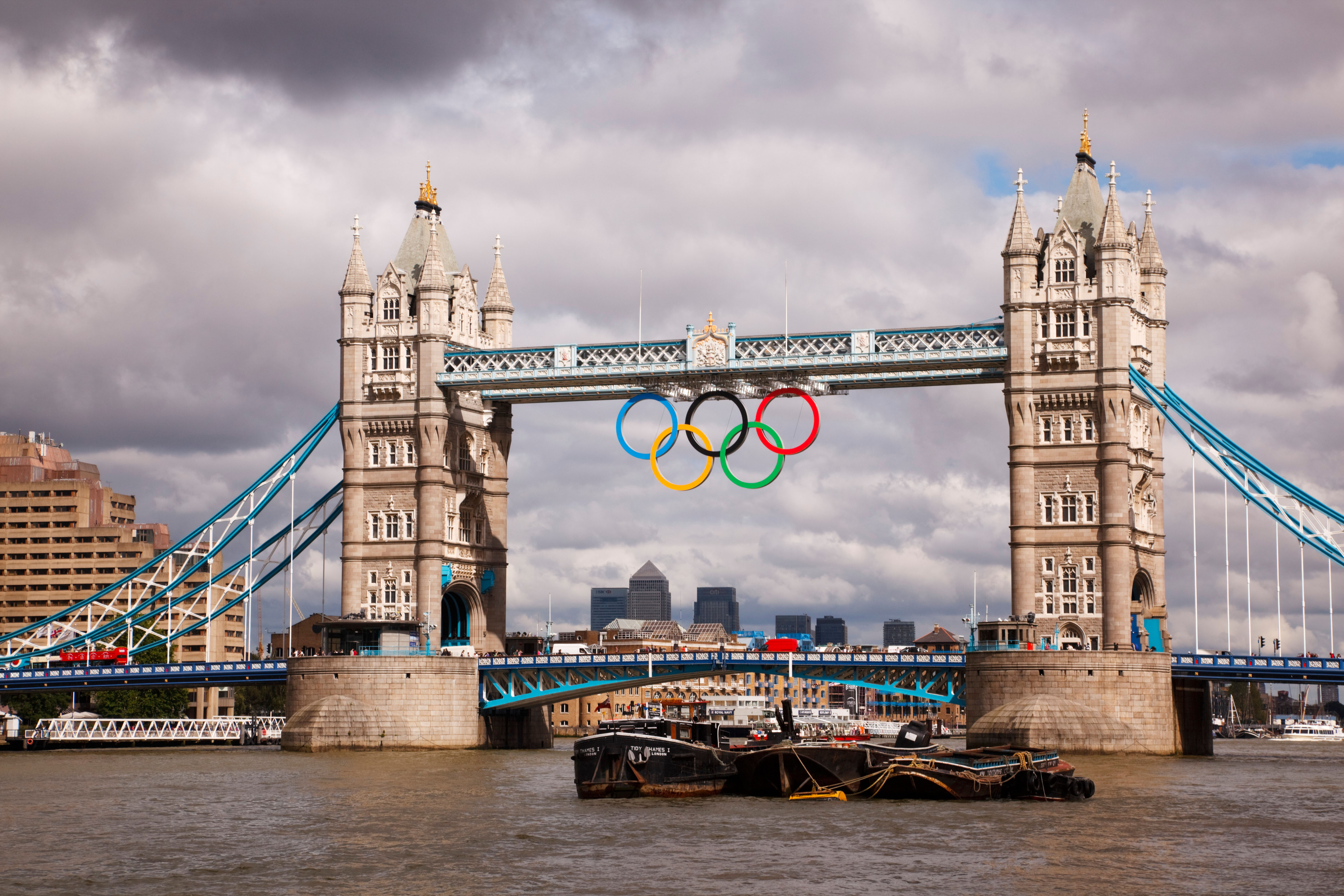
2014: Remembering the First World War
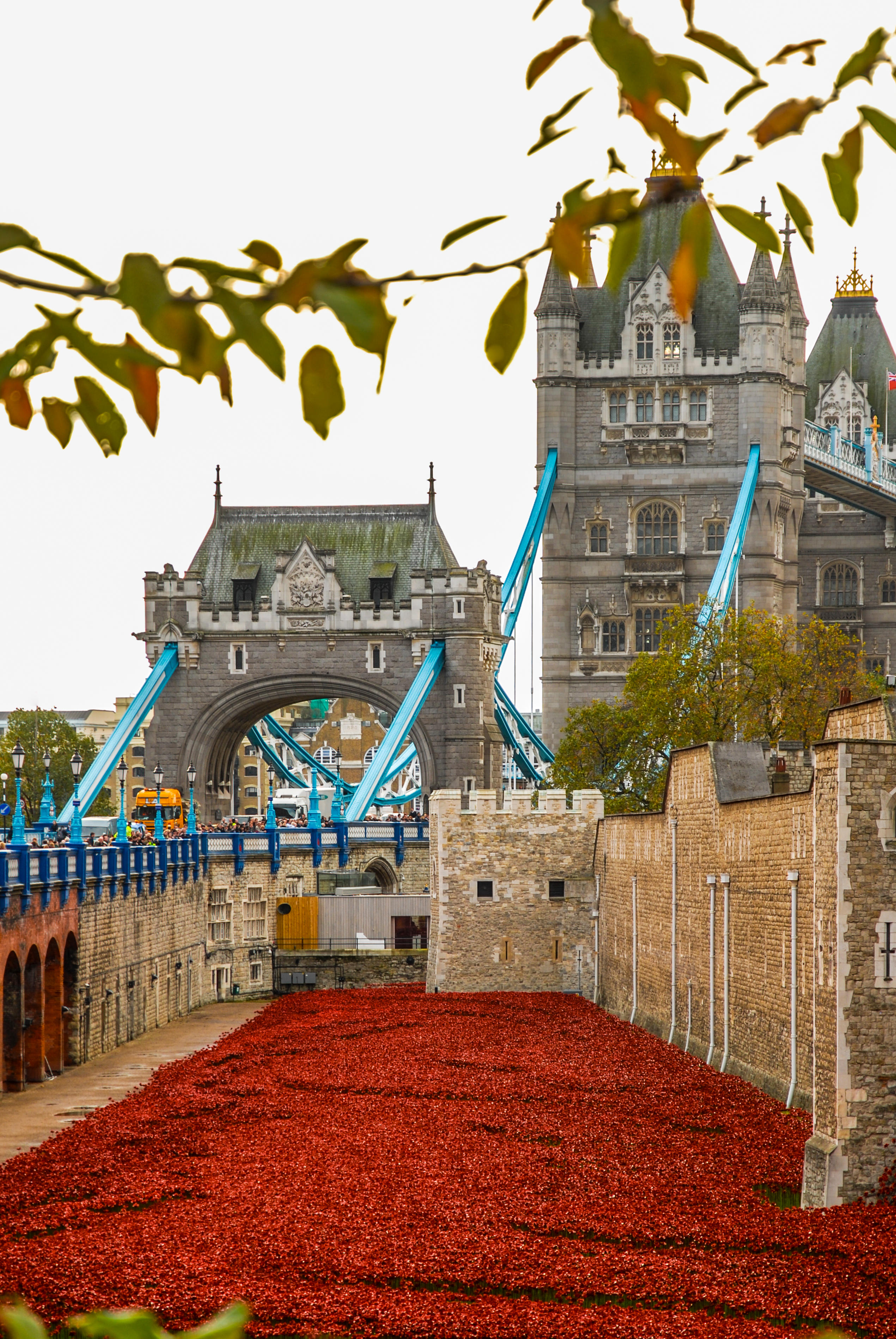
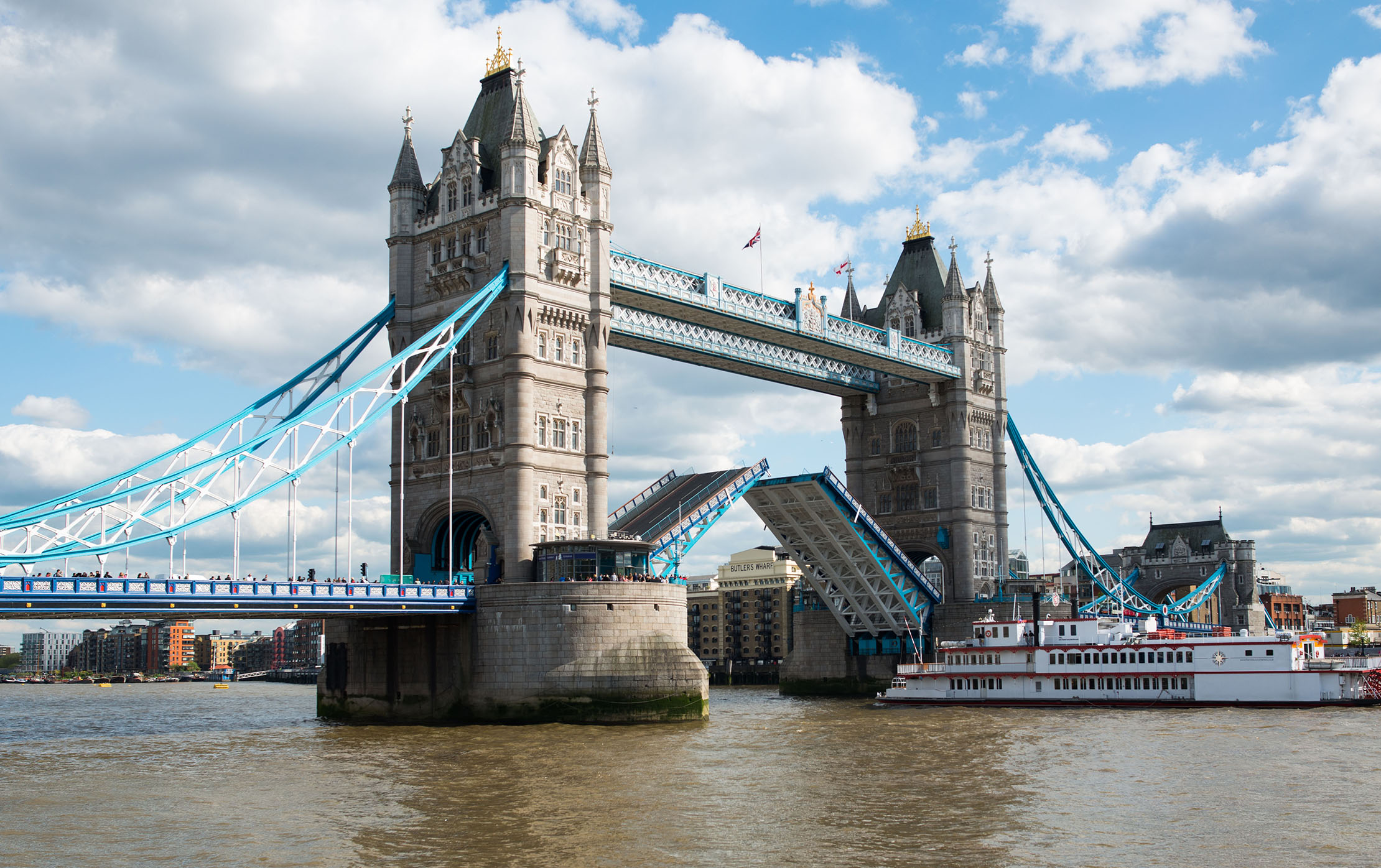
Curious Questions: Did a double decker bus really jump over Tower Bridge?
London's most famous bridge is 125 years old in 2019, but for all the marvellous facts there's only really one
Toby Keel is Country Life's Digital Director, and has been running the website and social media channels since 2016. A former sports journalist, he writes about property, cars, lifestyle, travel, nature.
-
 Six rural properties with space, charm and endless views, as seen in Country Life
Six rural properties with space, charm and endless views, as seen in Country LifeWe take a look at some of the best houses to come to the market via Country Life in the past week.
By Toby Keel
-
 Exploring the countryside is essential for our wellbeing, but Right to Roam is going backwards
Exploring the countryside is essential for our wellbeing, but Right to Roam is going backwardsCampaigners in England often point to Scotland as an example of how brilliantly Right to Roam works, but it's not all it's cracked up to be, says Patrick Galbraith.
By Patrick Galbraith
-
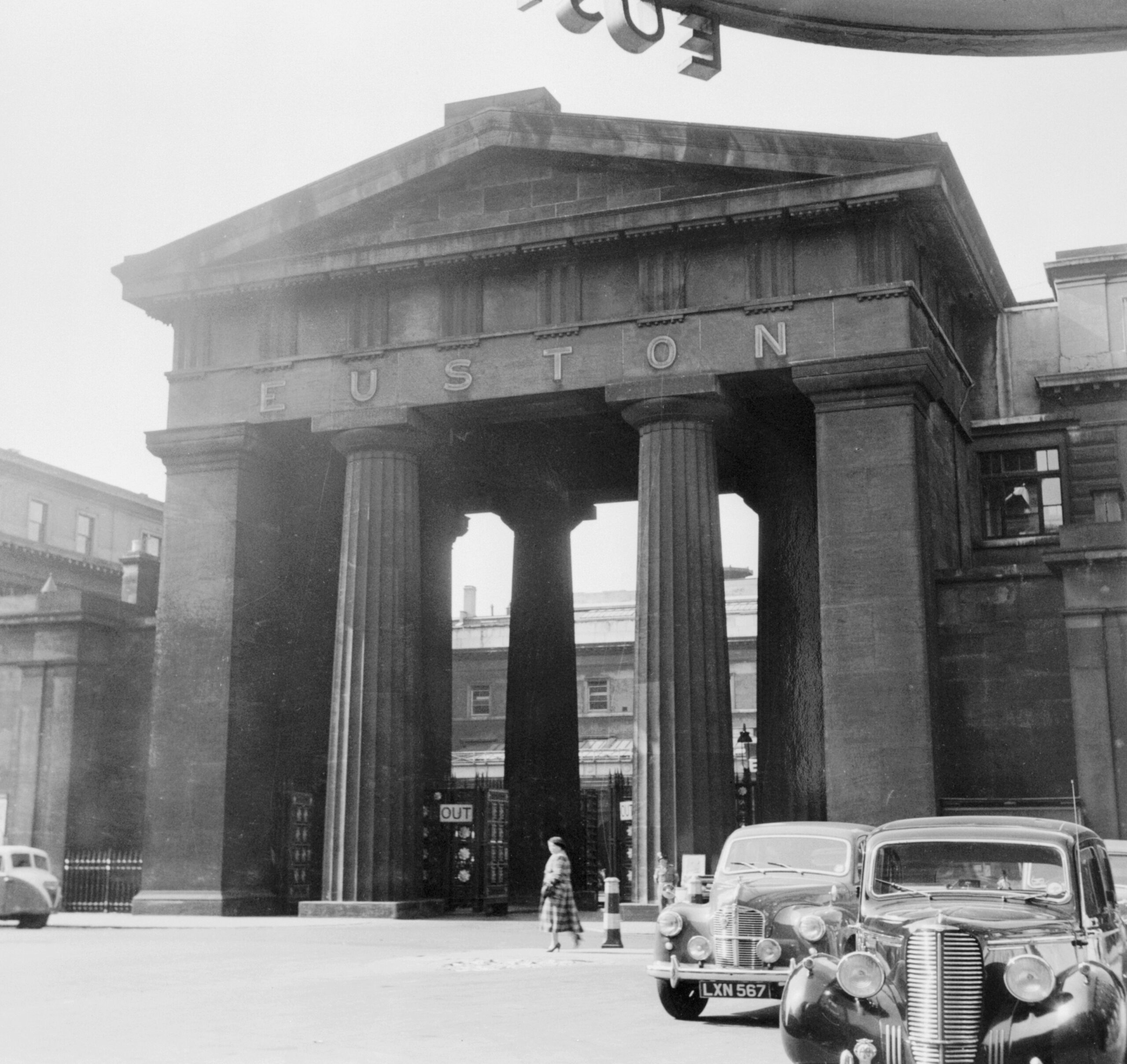 Curious Questions: Why was the original Euston Station destroyed in one of the greatest acts of cultural vandalism Britain has ever seen?
Curious Questions: Why was the original Euston Station destroyed in one of the greatest acts of cultural vandalism Britain has ever seen?One of the great masterpieces of 19th century, the original Euston Station, was built in the years after Queen Victoria came to the throne. Less than 125 years later it was razed to the ground; Martin Fone takes a look at the reasons why.
By Martin Fone
-
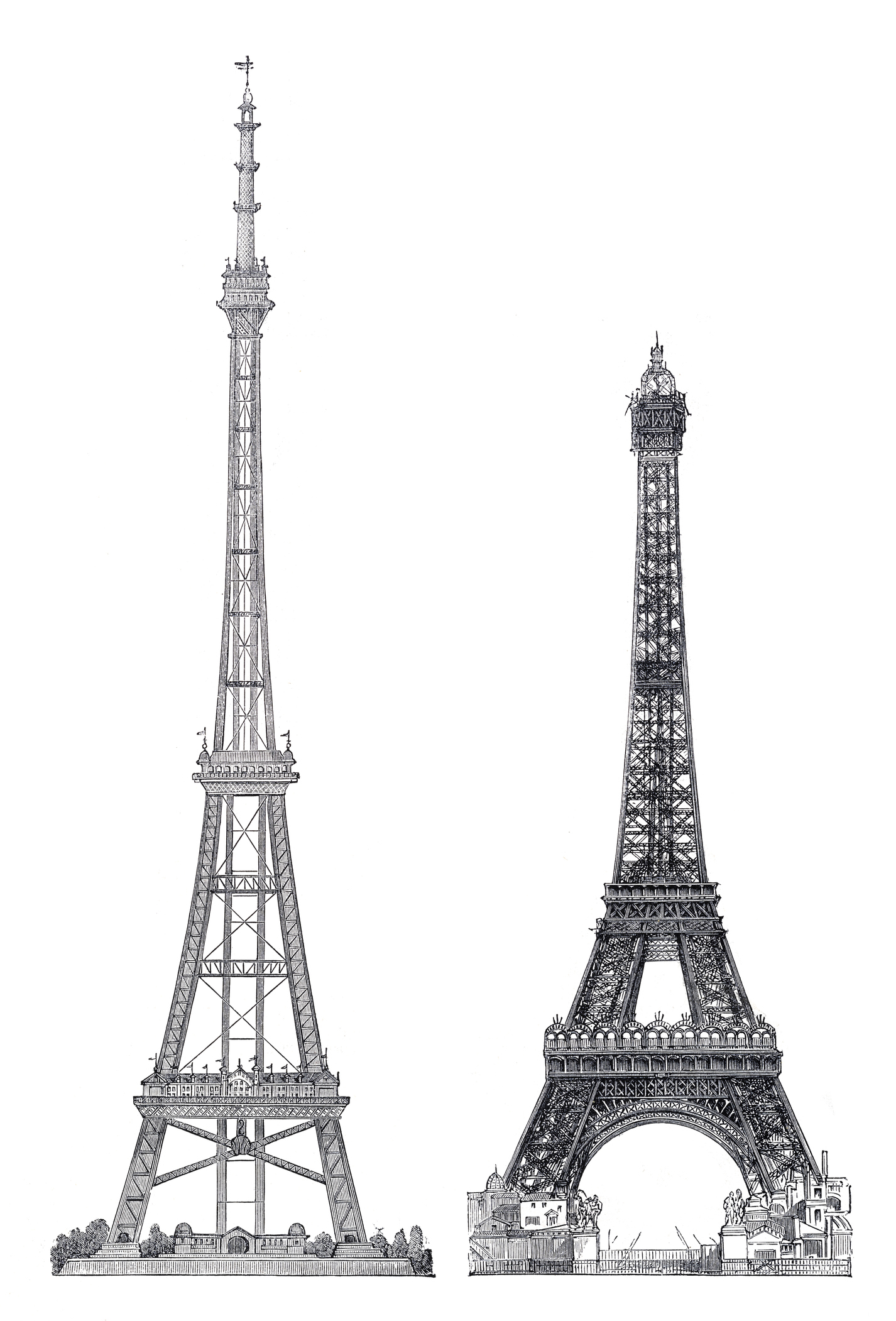 Curious Questions: Why did London never have a building to rival the Eiffel Tower?
Curious Questions: Why did London never have a building to rival the Eiffel Tower?England and France competed fiercely for bragging rights in the 19th and early 20th centuries — but no version of France's most famous building ever came to fruition. That wasn't for the lack of trying, though, as Martin Fone discovers.
By Martin Fone
-
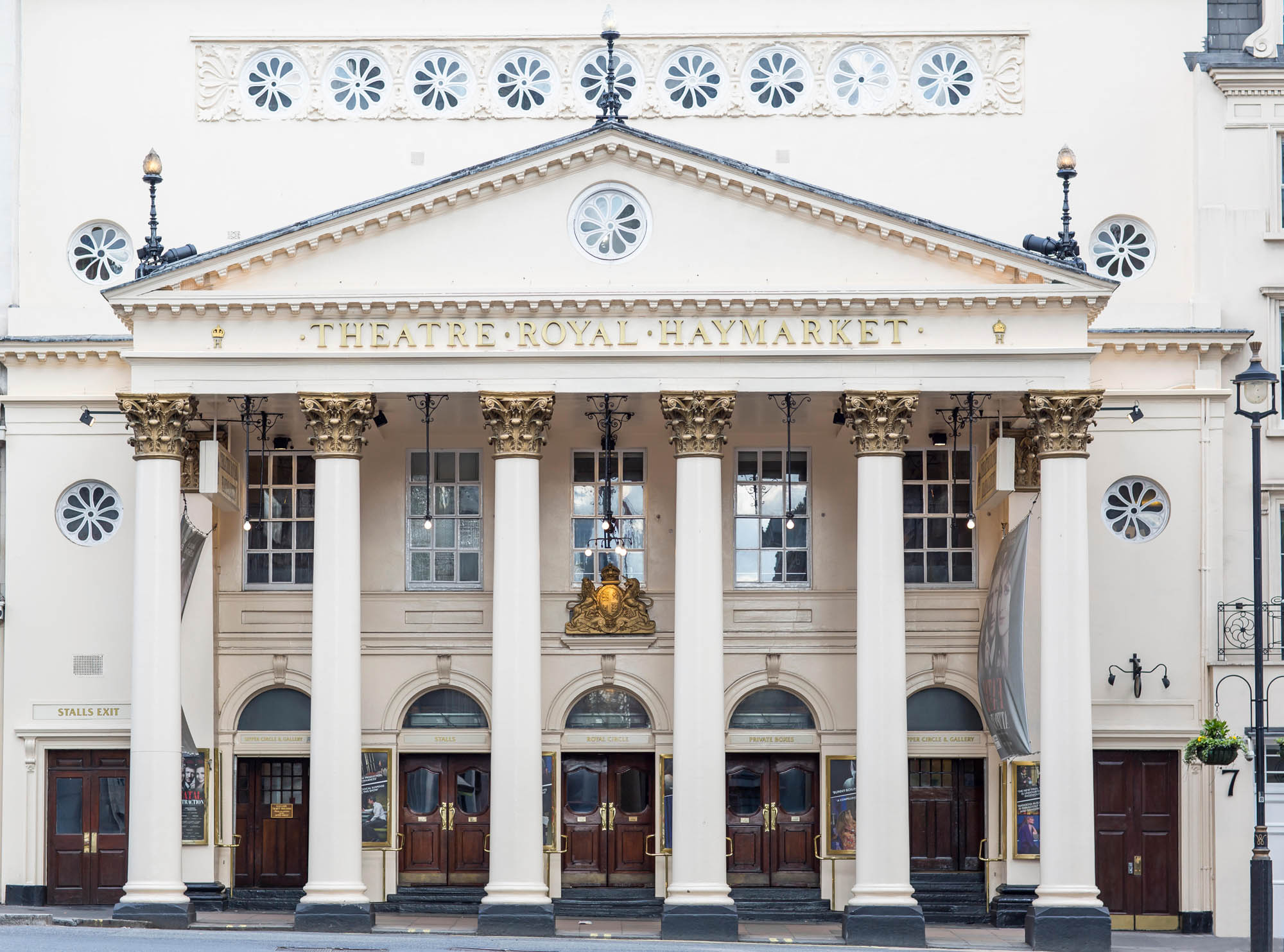 Curious Questions: Why was John Nash, London's most celebrated architect, despised in his own lifetime — and for decades afterwards?
Curious Questions: Why was John Nash, London's most celebrated architect, despised in his own lifetime — and for decades afterwards?John Nash is the man responsible for London's most beautiful buildings — yet he was once as reviled as he is now revered. Carla Passino retraces his life to see how his star rose, fell and rose again.
By Carla Passino
